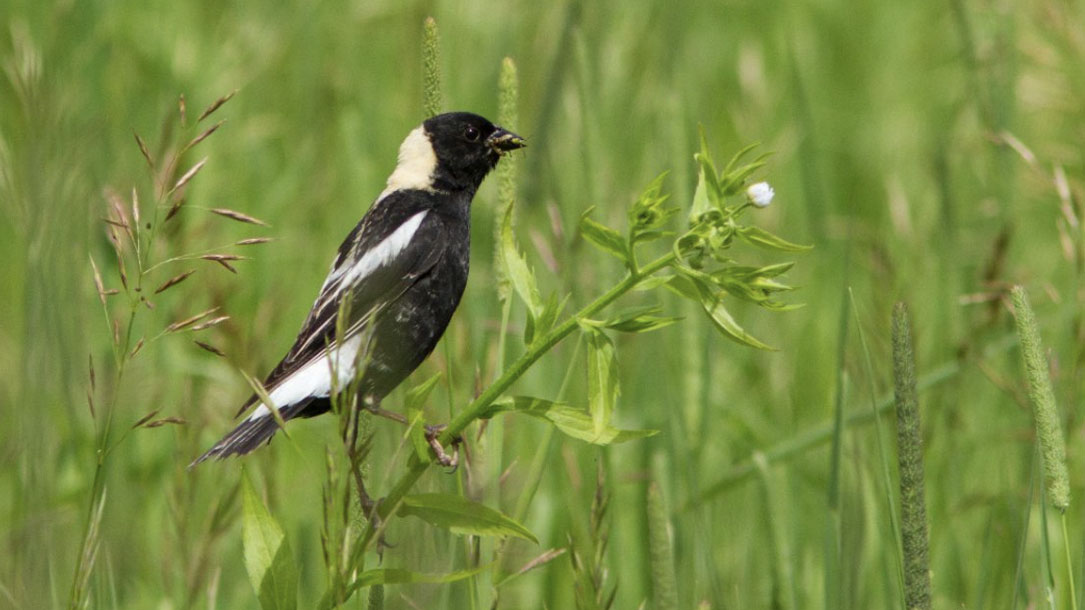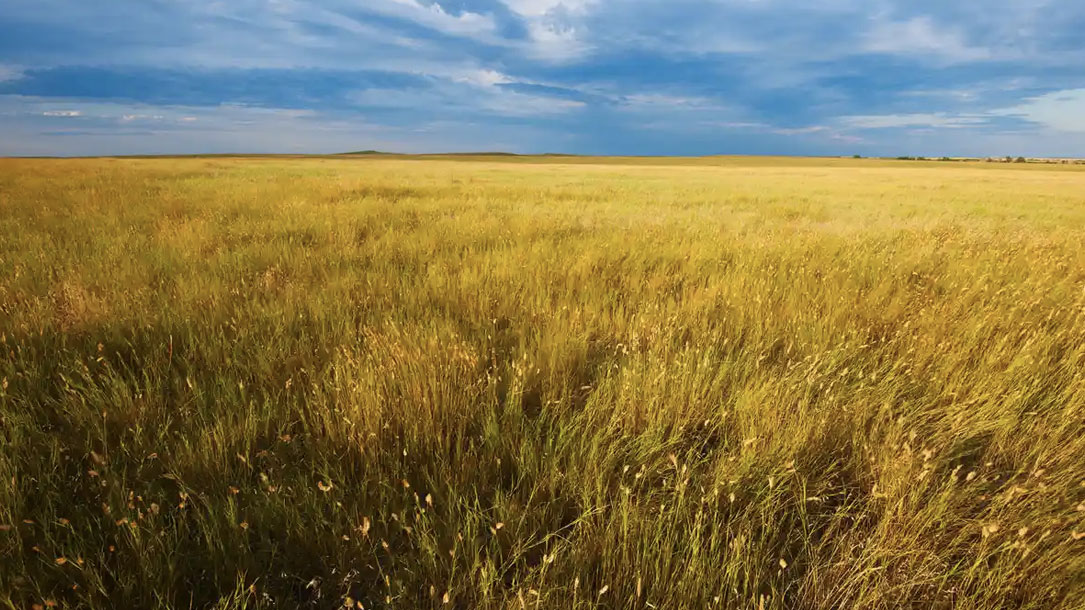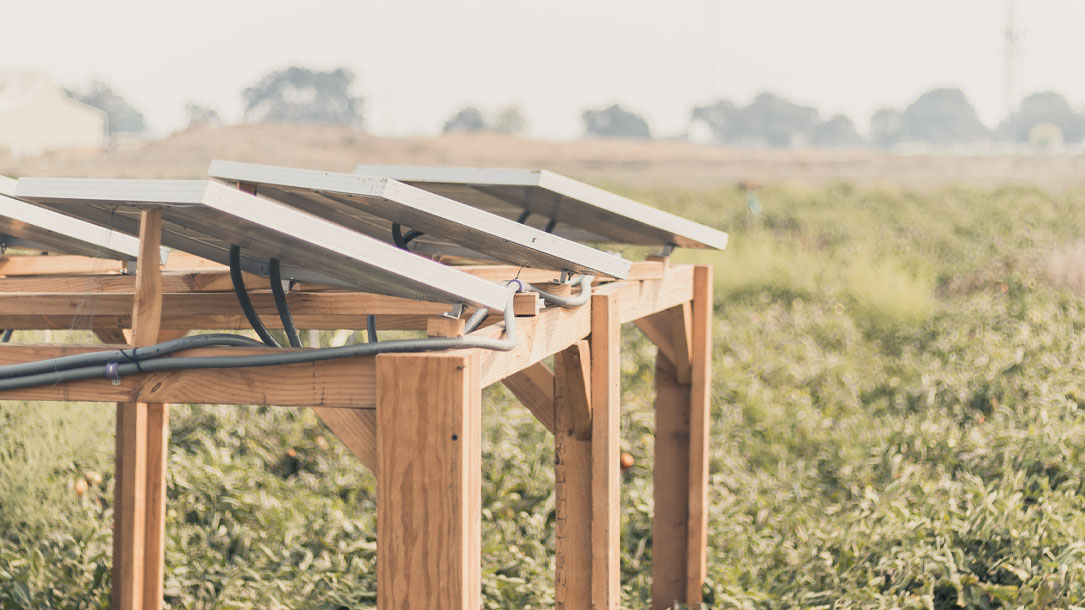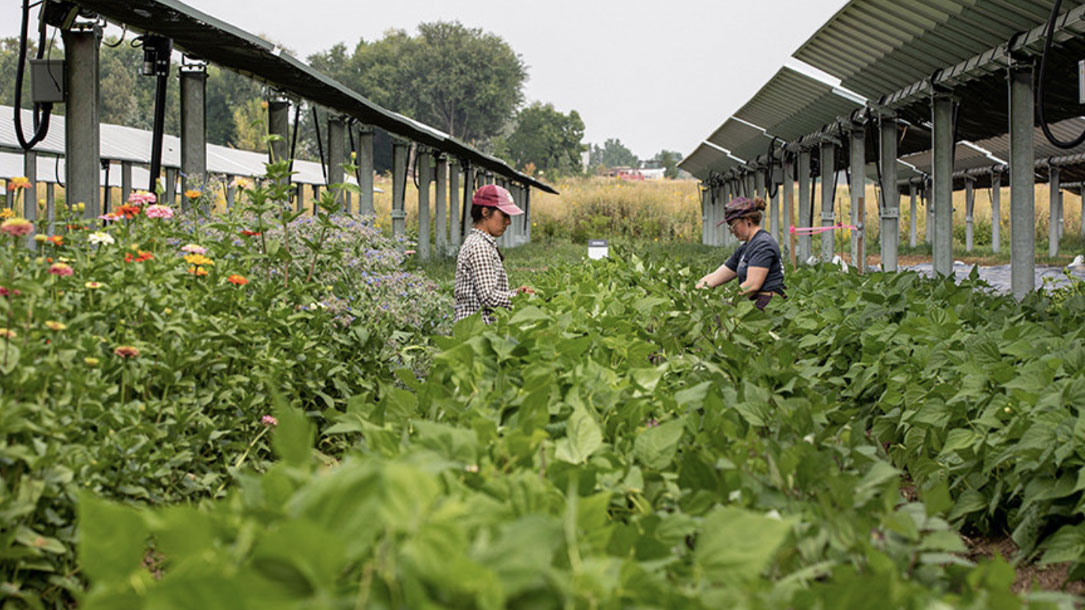
2021 Plowprint Report
In a concerning trend, WWF’s 2021 Plowprint Report has revealed that, for the second year in a row, grassland plow-up across the Great Plains has continued to accelerate. The 2021 report, which utilizes the USDA’s annual Cropland Data Layer and the Canadian Annual Crop Inventory from two years prior to its release date, finds that from 2018-2019 an estimated 2.6 million acres of grassland were plowed-up, primarily to make way for row crop agriculture. This is an area larger than Yellowstone National Park. Within the Northern Great Plains (NGP), the Great Plains’ most intact region, nearly 600 thousand acres were plowed up during this same period.

America’s native grasslands are disappearing
Lendrum led a research team that released a report in September showing that from 2018 to 2019 an estimated 2.6 million acres of grassland were plowed up, primarily to make way for row crop agriculture — an area larger than Yellowstone national park.
For a few years, the rate of grassland loss was decreasing. But then in 2018 and 2019, the number started to increase again, Lendrum says. “That’s an alarming trend.” It’s also a huge blow for efforts to fight the climate crisis and represents a little reported unfolding environmental disaster in the US…

Climate change’s impact on soil moisture could push land past the ‘tipping point’
The impact of climate change on soil moisture could push land past a “tipping point” — turning it from a net carbon “sink” to a source of CO2, one study finds.
The research, published in Nature, shows that levels of soil moisture — which are impacted by rising temperatures and extreme events such as droughts — can have a “large negative influence” on the land’s ability to store carbon…

Agrivoltaics looks at farming around and among solar panels
If you are driving to the West Central Research and Outreach Center (WCROC), look along U.S. Highway 59 for large pastures where cows graze among solar panels.
The cows, under the direction of Bradley Heins, Ph.D., University of Minnesota, use the panels for shade and shelter.
Double cropping solar power and organic dairy production works successfully here, but the concept — called agrivoltaics — is still very new…

Solar sharing for both food and clean energy production
Research on the performance of agrivoltaic systems for corn, a typical shade-intolerant crop.
This article concerns research conducted at a 100-m2 experimental farm with three sub-configurations: no modules (control), low module density, and high module density. In each configuration, 9 stalks/m2 were planted 0.5 m apart. The biomass of corn stover grown in the low-density configuration was larger than that of the control configuration by 4.9%. Also, the corn yield per square meter of the low-density configuration was larger than that of the control by 5.6%.

The future of farming?
Large solar arrays have begun to line the Wallkill Valley landscape. Solar farms are springing to life where agriculture — and in one case a miniature golf course — once ruled the land.
But what if a farmer wanted to continue to grow crops on a farm and was able to plant and grow them underneath solar panels that alternately allowed for shade and sunlight for the crops? What if the farmer could lease space to the provider of solar energy and earn additional income while continuing to operate the farm?
This concept, known as agrivoltaics, is catching on. It could soon come to the Town of Montgomery, provided a change in the town’s solar laws is approved…

Sustainable farm agrivoltaic project
Solar panels can be positioned to allow plants just the right amount of sunlight, and then the excess sunlight can be harvested for electricity — and produce more than they would without crops below them.
That’s right. Plants help keep the solar panels cool, which makes them more productive. Our studies have shown that panels positioned above plants produce up to 10% more electricity.
Agrivoltaics is a symbiotic relationship where both the solar panels and the crops benefit because they help each other perform better.

Cover crops not enough to improve soil after decades of continuous corn
Although about 20% of Illinois cropping systems are planted with continuous corn, it’s nearly impossible to find fields planted this way for decades at a time. Yet long-term experiments like one at the University of Illinois, including over 40 years of continuous corn under different nitrogen fertilizer rates, provide incredible learning opportunities and soil management lessons for researchers and farmers alike…

USDA offers expanded conservation program opportunities to support climate smart agriculture in 2022
The U.S. Department of Agriculture (USDA) Natural Resources Conservation Service (NRCS) is announcing several new and expanded opportunities for climate smart agriculture in 2022. Updates include nationwide availability of the Environmental Quality Incentives Program (EQIP) Conservation Incentive Contracts option, a new and streamlined EQIP Cover Crop Initiative, and added flexibilities for producers to easily re-enroll in the Conservation Stewardship Program (CSP).

A wild, windy spring is creating a soil erosion nightmare for farmers
Dust storms fueled by climate change, tillage, and drought are causing the loss of tons of topsoil throughout the Great Plains. Cover crop adoption, however, in most states hovers between 3 and 5 percent, says Webster. The USDA’s goal is to expand cover crops to 30 million acres by 2030, effectively doubling the amount in the ground currently.
Bukowski suggests farmers should adopt cover crops sooner rather than later, while it’s still an option. “At some point, we may not have enough precipitation for cover crops,” she says. “We do have a choice. Are we going to rise to the occasion in terms of climate, water resource management, and good farming practices — or are we not?” she asks…












